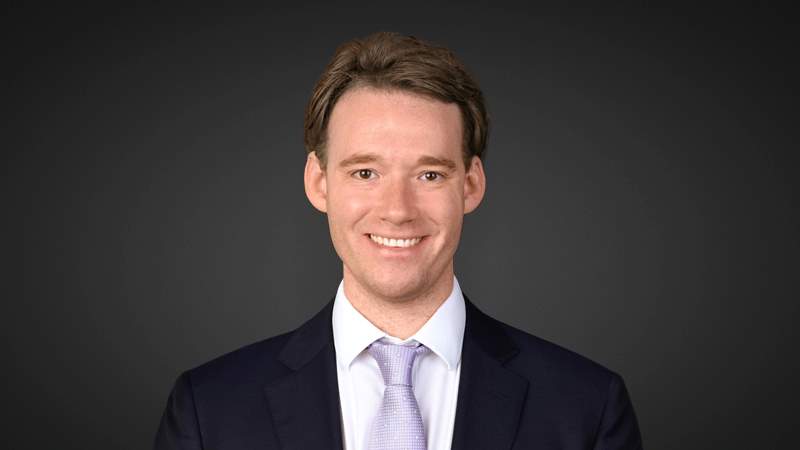Occupational pension reform (BVG 21): what’s next?

After AHV 21, another pension reform is ahead
The Swiss population is aging. This is putting a strain on occupational pension provision. For this reason, the Swiss Parliament has passed the BVG 21 reform bill, which is intended to reform 2nd pillar pension provision. This would have an impact on employed and retired persons - provided that the electorate also backs the reform.
AHV 21 will come into force on January 1, 2024. This reform of the 1st pillar of the Swiss pension system introduced the retirement age of 65 for women and numerous other changes.
You can find details in our blog on AHV 21.
The next reform is already on the cards: namely, occupational pension reform. As with AHV 21, the reasons for this reform are rising life expectancy and the lower birth rate, both of which are leading to the aging of the Swiss population. At the same time, the low interest rate environment of the past decade has reduced yields on retirement assets. Another trend is the increasing popularity of reduced working hours: 37 percent of the Swiss population currently work part-time. This large group is now seeing some disadvantages when it comes to their occupational pensions.
What it is all about
The aim of BVG 21 is to secure the 2nd pillar (occupational pension provision) in the long term, Part-time employees are also to be better covered so that they are optimally protected in old age and also in the event of disability or death.
Below, we present in detail the key elements of the reform:
1. 1. Reduction of the conversion rate
The conversion rate is the percentage that is used to calculate the annual retirement pension from the available retirement assets. The reform will reduce the minimum rate for mandatory occupational pensions from 6.8 percent to 6.0 percent.
Let’s assume that you retire at the regular age. If, for example, you have accumulated a capital of CHF 100,000, after the reform you will receive an annual lifelong pension of CHF 6,000.
The lower conversion rate reduces the demographically induced redistribution of pension assets in the long term. After the reform, active insured persons (current employees) will finance passive insured persons (future pensioners) to a lesser extent. This relieves the strain on the occupational pension system.
2. Pension supplement for the transitional generation
Securing provisions comes at a price. The lower conversion rate will be unfavorable for those who are close to retirement. To compensate for this, the reform provides for the transitional generation of to receive financial compensation. This supplement depends on age and the accumulated pension assets.
The compensation will be calculated as follows:
| Pension assets (in CHF) | Pension supplement per month (in CHF) |
| up to 220,500 |
200,00 for the first 5 years 150,00 for the following 5 years 100,00 for the final 5 years |
| from 220,500 to 441,000* | staggered or decreasing supplements, depending on pension assets and the year in question |
| 441,000** and over | No compensation |
* Affects approx. 25 percent of insured persons in the transitional generation
** Affects approx. 50 percent of insured persons in the transitional generation
Source: FSIO, Federal Social Insurance Office
3. Changes to the saving process
Not only in the payout but also in the savings process, the reform brings some changes. These are the most important:
Please note that the above changes relate exclusively to the mandatory occupational benefits provision under BVG. Individual pension funds may have further regulations.
The electorate has the final say on the bill
The reform described above was approved as a complete package by the National Council and the Council of States on March 17, 2023. However, this does not mean that the bill will automatically come into force. Opponents collected almost 142,000 signatures in a referendum and submitted this on June 27, 2023. It is therefore likely that a referendum will be held in 2024.
After the Swiss narrowly voted in favor of raising the retirement age for women in 2022, it remains to be seen what they will say about this reform package. It is therefore currently unclear whether the BVG reform will come into force.
And what does that mean for your pension provision?
We are already seeing that many pension institutions, such as pension funds, are adjusting their regulations and have, for instance, have lowered the conversion rate. This means that private pensions (3rd pillar) will become increasingly important in future — especially pillar 3a plans, which are subject to a special tax treatment. It is often worthwhile to take advantage of these opportunities.
The best way to structure your pension provision depends on many individual factors. We will be happy to advise you personally and without any obligations.









